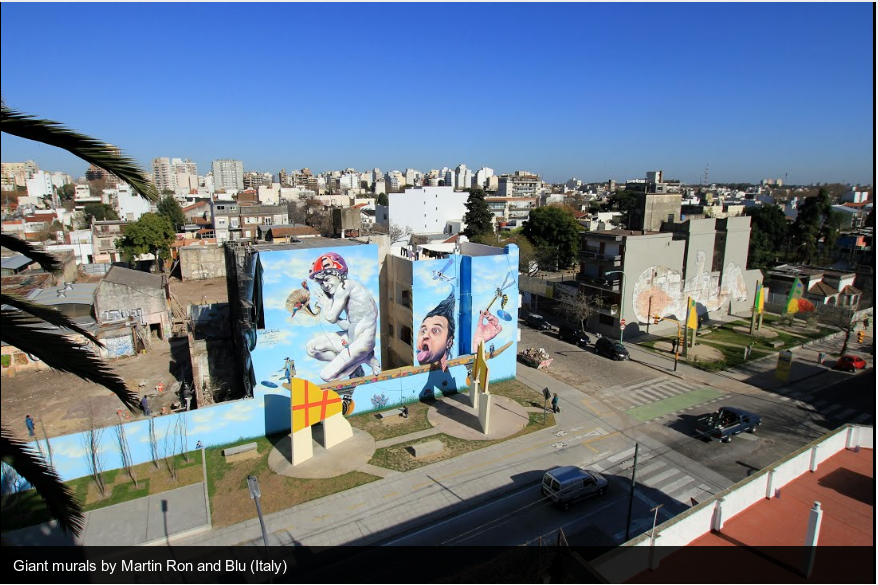I am often surprised how few people know about photo spheres. 360º panoramas, they are ridiculously easy to create using the Android camera app, or with your own camera. There's even dedicate 360º cameras that will export to a photo sphere.
Even fewer people know that you can submit those photo spheres to Google Maps for use in Street View. Using Android, it's as easy as viewing the photo and sharing it with Google Maps. The sphere then loads into Google Maps Views and awaits moderation. While you're waiting, you can still share it with people. There's a convenient share button with a link and embed code. Here's one I took in Iceland just a few days ago. It's waiting for moderation, but can still be viewed.
In 1973 a US Navy DC3 went down on a beach in Iceland, and it's still there. I took two photo spheres of it, in addition to a number of other pictures. This is shared off Views. Once submitted, it's always available to you. Even if Google decides not to use it in Street View, you can still see it in Views, and even use it in the Google Maps API. Look at the iframe embed code, and find the panoid parameter. Use that as your "pano" property in your StreetViewPanoramaOptions object. Here's an example:



